|
|
|
|
|
|
|
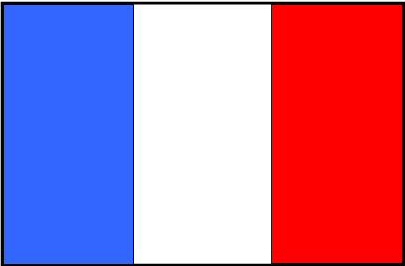 France
|
Mortier de 220 mm de siège Mle 1880 (et 1901, ou 1880-1891; et sur A.C.S.) de Bange |
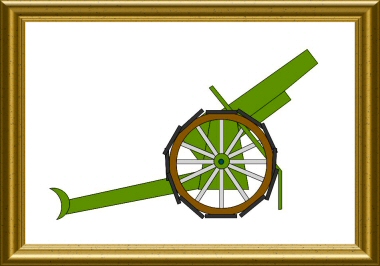 Heavy artillery
|
|
|
Contributor :
|
Location :
Belgium
Brasschaat
Gunfire Museum
Coordinates :
Lat : 51.33567 / Long : 4.50379
|
General comments on this surviving gun :
Identical items in the same location :
1
Items covered by this file :
1
|
|
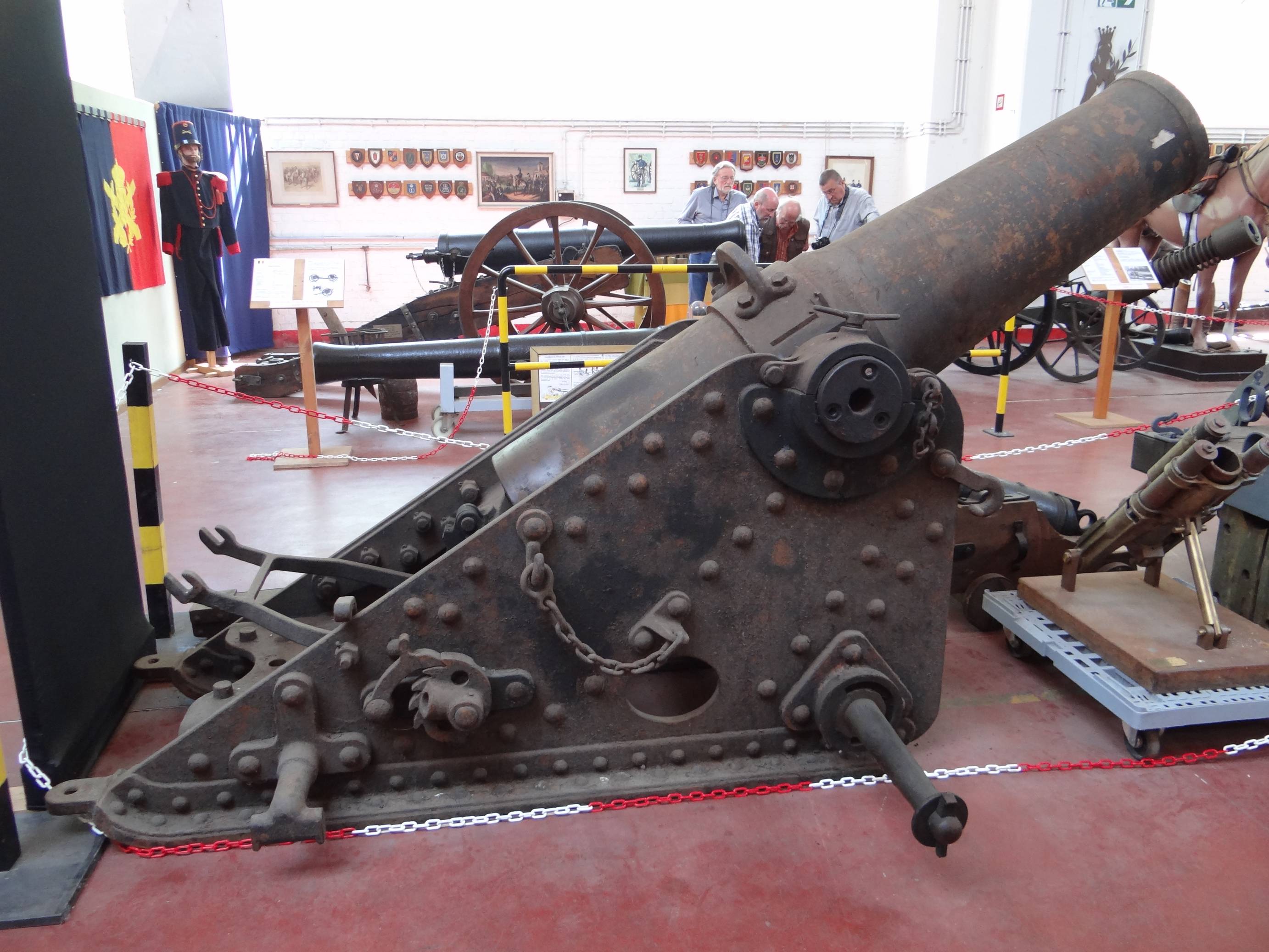
|
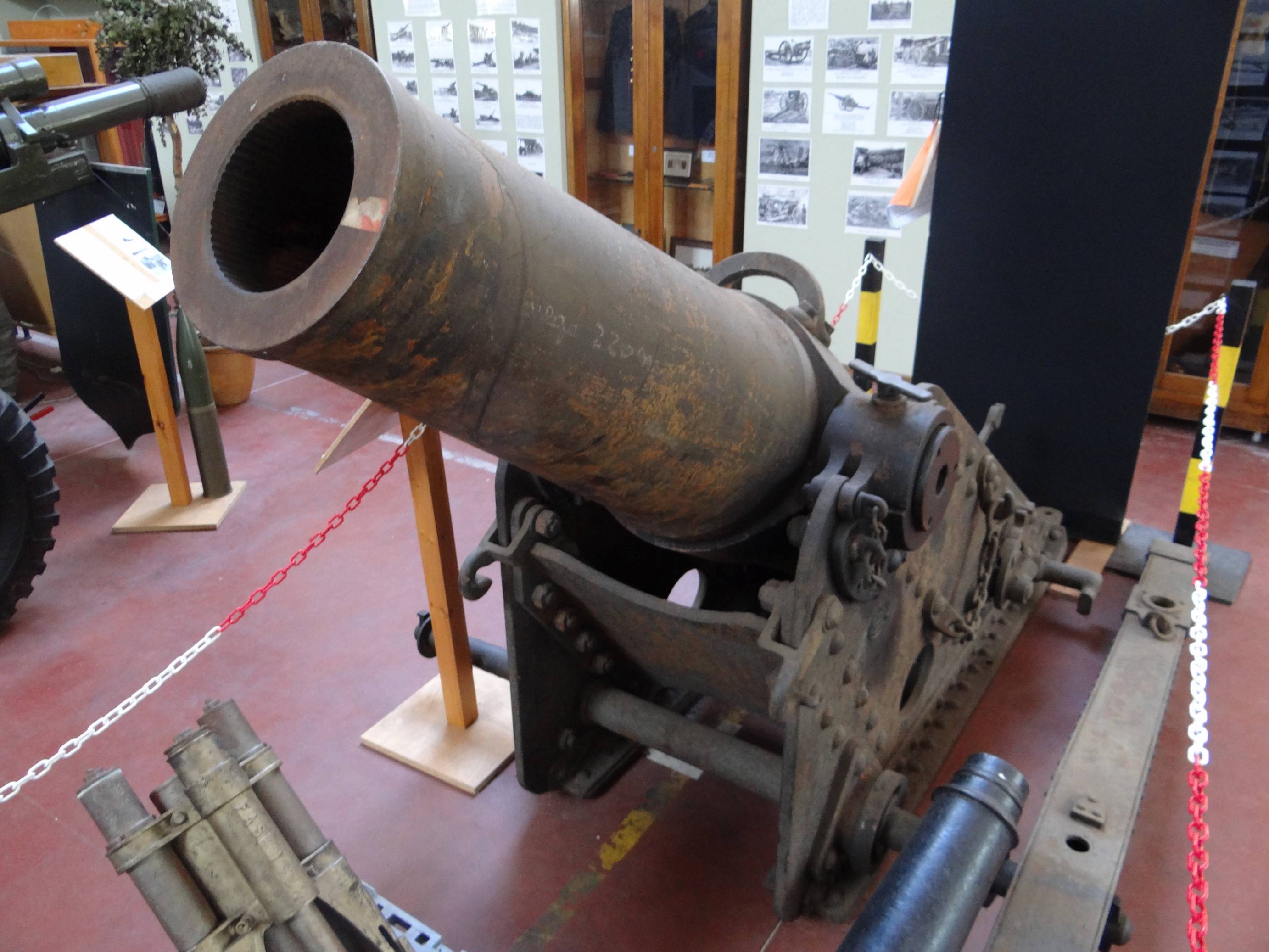
|
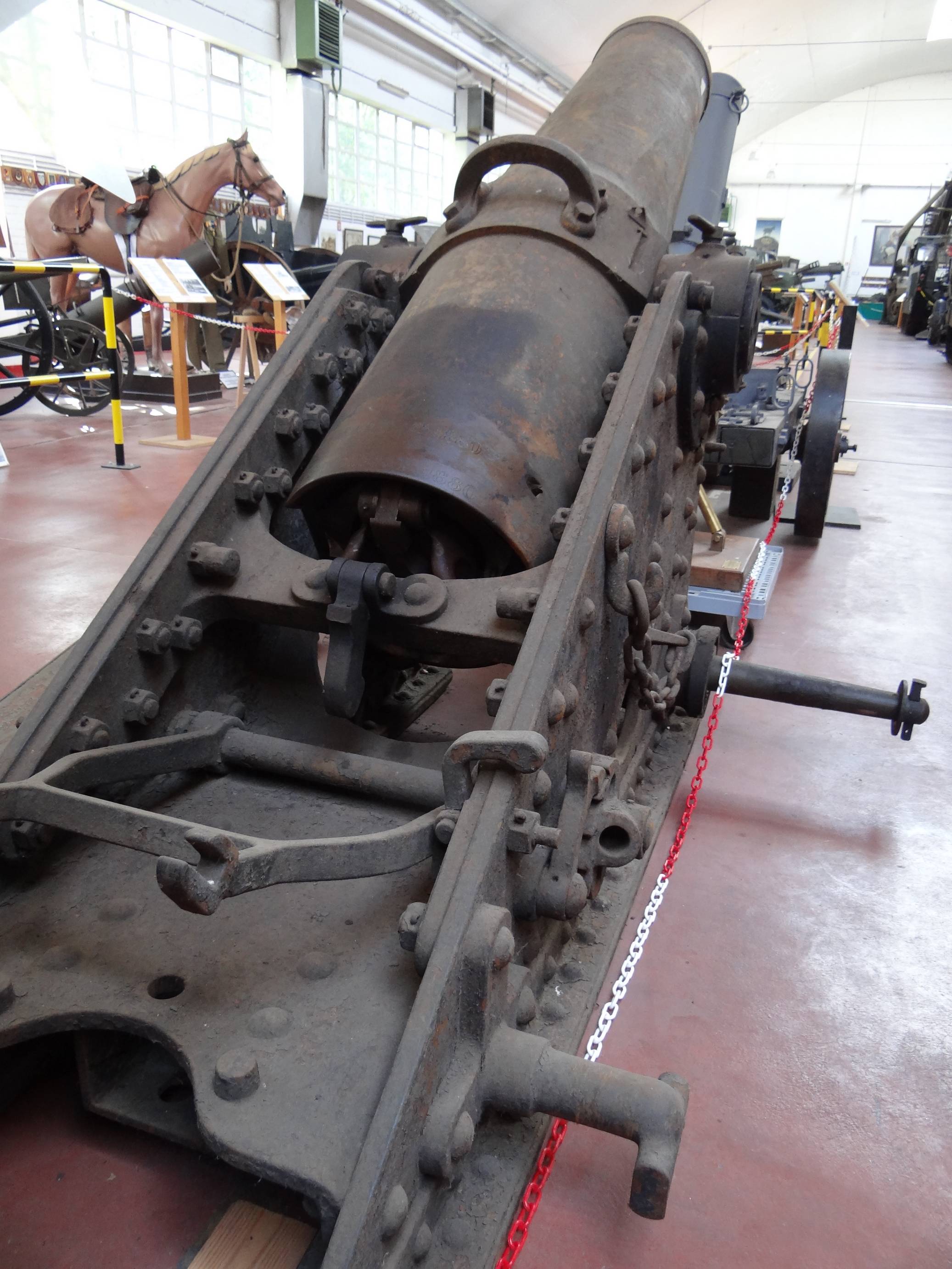
|
The gunfire museum probably owns the unique survivor of this de Bange heavy weapon
|
Front view with the thick walls steel jacketed barrel
|
Rear vew with the de bange breech system. Barrel markings 'M. de 220 Mle 1880 - Bourges F. 1886'; Carriage markings : 'Nr 58 Fives 1882 - Compagnie de Fives - Lille'
|
|
|
Historic and technical information
|
|
Denomination :
220 Mle 1880 de Bange
|
Origin :
 (
Arsenaux de l'Etat)
(
Arsenaux de l'Etat)
|
|
Historic context :
Biggest calibre of the French 'de Bange' artillery system until the apparition 5 years later of the 270 mm similar model, the 'mortier de 220 mm de siège Mle 1880 de Bange' has been designed as a sisge weapon able to destroy permanent and field entranchments with a vertical fire.
Similarly to all othe de Bange guns, the barrel was a steel jacketted type equipped with the famous de Bange plastic sealing breech block mechanism. . It was mounted on a steel plates siege carriage, rigid and stocky, and its setting in firing position needed the building of a heavy wooden platform.
A primitive system for recoil recuperation was integrated, with no real recoil recuperation device : dring the firing, the backwards movement of the weapon was limited only by the friction of the carriage base on the platform, while the two small front wheels were retracted (their rotating axis having been put in an eccentric position with a lever mechanism. The crew had to push back manually the gun to its initial position after each shot (after the same lever had put back the wheels rotating axis in a centered position).
In 1901 the 220 mm Mle 1880 mortar was granted the same modernization as the one given to the 270 mm Mle 1885 mortar in 1891. It than took the name 'mortier de 220 mm de siège Mle 1901 de Bange' or sometimes 'mortier de 220 mm de siège Mle 1880-1891 de Bange'. These modifications were keeping the barrel and the breech unchanged, but were finally giving the mortar a real recoil recuperation mechanism by replacing the eccentric wheels and the wooden platform by a steel platform on which a wedge was placed and linked to the platform by a hydraulic brake, at the cost of substantial weight increase in firing position...
The mortar carriage could sbe pushed back by the recoil on the wedge thanks to small wheels in runners, and was coming back in firing position by itself thanks to gravity. The setting into firing position needed the steel platform to be buried in the ground with its upper face ate ground level.
The 220 mortar was also adapted in 1915 on an improvised Schneider carriage ('Affût de Circonstance Schneider' - 'A.C.S.') better adapted to operations on a loose ground and transportable in a single part (hauled by an automobile tractor), but at the cost of a further weight increase that had it own the bad nickname of 'flat iron' !
In August 1914, only 14 220 mm de Bange mortars Mle 1880 and 1901 were available in the French field army for a total population of 331 such weapons, mainly affected to the fortresses. These reserves were progressively transferred to the front where their numbers culminated at 306 mortars in August 1916, before they started to be replaced by the modern 220 mm Mle 1916 Schneider. These mortars had all disappeared before May 1940
Several such 220 mm de Bange were acquired by Belgium to recompose its heavy artillery after the Antwerp retreat (4 batteries of 2 old model 1880 available on the front since June 1915 and present the whole war time).
|
Technical data :
- Complete description : 220 mm siege mortar, M 1885 (and 1901/1880-1891; and on Schneider improvised carriage) de Bange
- Design year : 1880 - 1901
- Calibre : 220.00 mm
- Weight in firing position : 4080 kg + 2400 kg for the wooden platform (Mle 1880); 8500 kg with steel platform (Mle 1901); 12500 kg (A.C.S.)
- Weight for transportation : 5050 kg without wooden platform (Mle 1880); 14 t (4 distinct loads when transported on road, 3 distinct loads when on 60 cm narrow gauge railway)
- Tube length in calibres : 6.23 (rifled part) - 10 calibres total length
- Grooves : 60 progressive angle; final angle 6 degrees to the right
- Projectile weight : 100.5 kg à 101.5 kg
- Initial speed : 146 to 300 m/s depending on the propulsive load
- Fire rate : 1 shot / 3 minutes (Mle 1880); 1 shot / 2 minutes (Mle 1901)
- Range : 1700 m to 7900 m maximum
- Elevation range : -5 to +60 degrees (Mle 1880); 0 to +60 degrees (Mle 1901)
- Direction range : None (Mle 1880); 40 degrees total range (Mle 1901), 24 degrees total range (ACS)
|
Sources
|
|
|
|